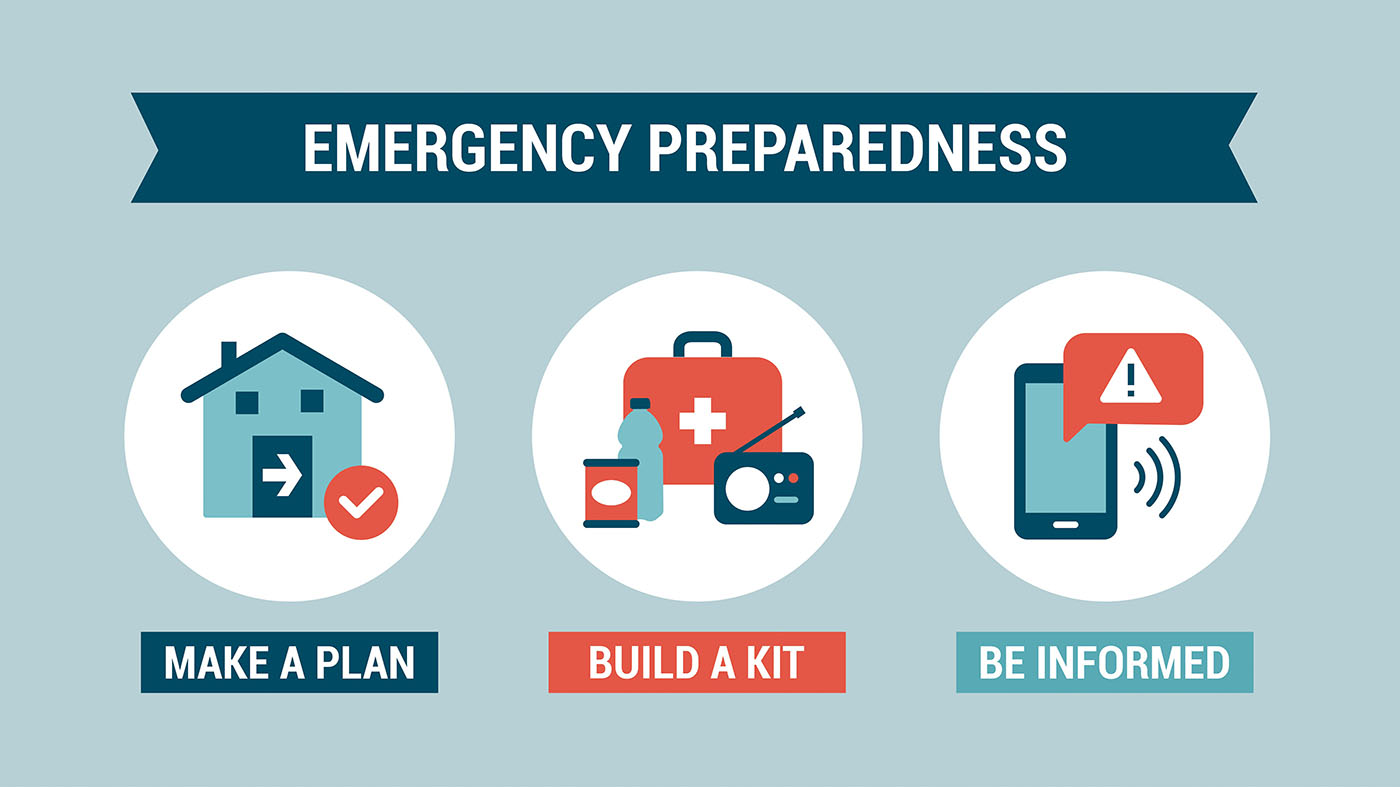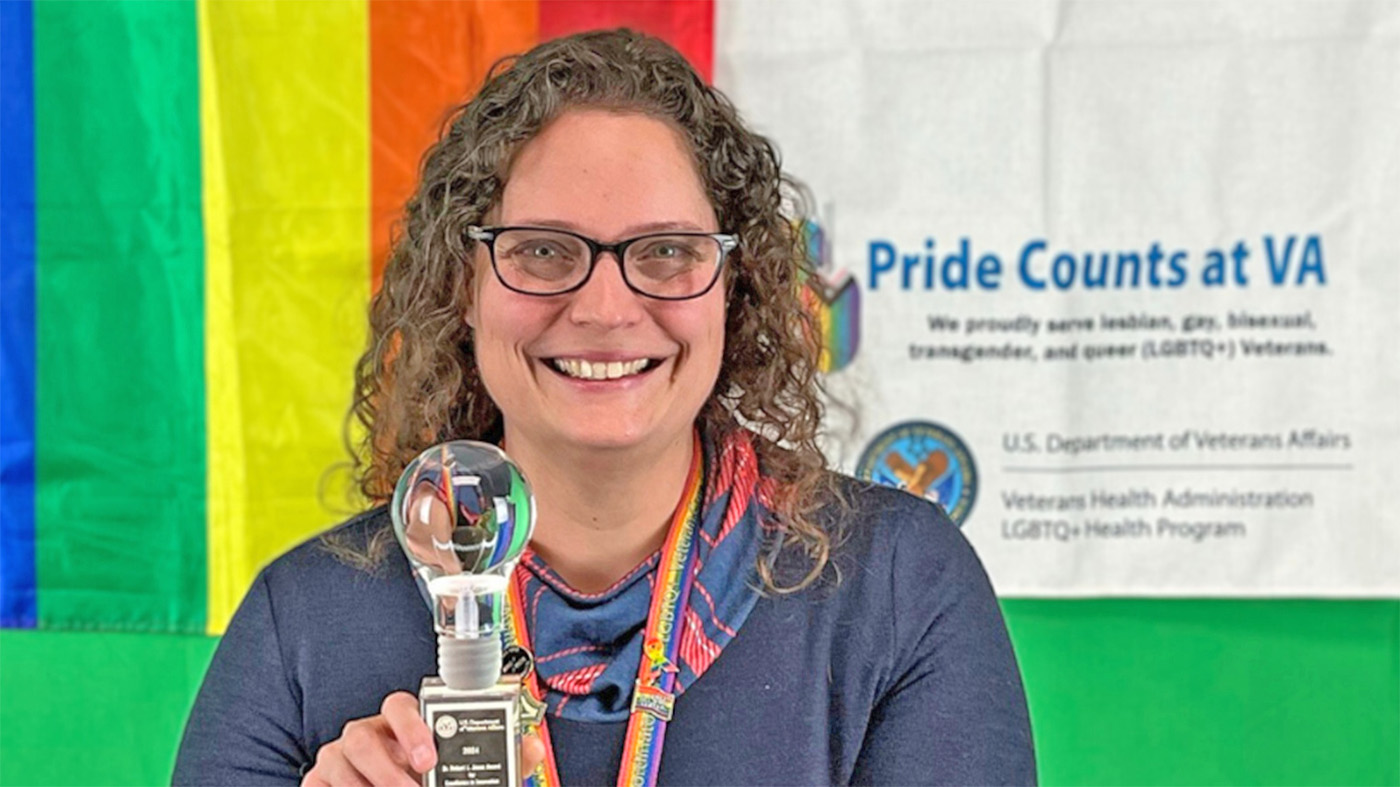September is National Preparedness Month, a time when Americans are encouraged and reminded to be prepared for a disaster or emergency in their homes, businesses and communities.
VA and Ready.gov encourage you to Be Ready by understanding what kind of disasters could impact your area and plan ahead. Many emergency preparedness groups recommend having at least a 3-day supply of shelf-stable food and water as part of emergency planning.
Here are some tips to help you create a personalized emergency food supply.
- Choose foods you like and normally eat. Familiar foods can reduce stress during an emergency.
- Keep up your strength by choosing a variety of shelf-stable foods to help you get a balance of carbohydrates, proteins, fat and vitamins. Shelf-stable foods are those you can store safely at room temperature, such as canned and bottled goods, dried foods and items stored in aseptic packages.
- Think about having “high energy” foods on hand, especially if you need to do quick-moving, high-energy activities like packing up a car or moving items out of a flooding area.
- Consider any unique nutrition needs your family might have. Do you need foods free of allergens? Foods that are easy to chew and swallow for a disabled person? Are you or a family member using tubefeeding? What about foods for infants and toddlers?
Don’t forget the can opener
- Include flavorings and spices in your supplies to create a sense of familiarity and comfort. Don’t forget favorites such as chocolate, instant coffee and tea, cookies, and candy to keep up morale.
- Make sure you can access your food supply. Have a manual can opener, scissors to cut open packages, and disposable utensils and plates.
- Keep at least one gallon of water per person available. If you live in a hot climate or have powdered foods available, you might want to keep more bottled water on hand.
- Don’t forget your pets. Make sure they have at least 3 days of shelf-stable food, bowls to eat out of and water. (Keep one gallon per pet per day.)
- Understand your role in emergencies as a Veteran caregiver. VA has created a toolkit designed especially for caregivers to prepare for emergencies and disasters.
For a more detailed food list and how to manage your perishable food supply safely in the event of a power outage, please visit the Build a Kit: Food section of the Ready.gov website.
And remember, Every Emergency is Local so please consult with your local VA dietitians to help you create your own emergency food kit.
Topics in this story
Link Disclaimer
This page includes links to other websites outside our control and jurisdiction. VA is not responsible for the privacy practices or the content of non-VA Web sites. We encourage you to review the privacy policy or terms and conditions of those sites to fully understand what information is collected and how it is used.
More Stories
Bob Jesse Award celebrates the achievements of a VA employee and a team or department that exemplifies innovative practices within VA.
The Medical Foster Home program offers Veterans an alternative to nursing homes.
Watch the Under Secretary for Health and a panel of experts discuss VA Health Connect tele-emergency care.







Canned goods are usually already cooked. Which saves a lot of hassle when you are kitchenless. Low sodium items keep longer and the water is drinkable too. If those dates are important to you, just rotate old stock to the front for regular use.